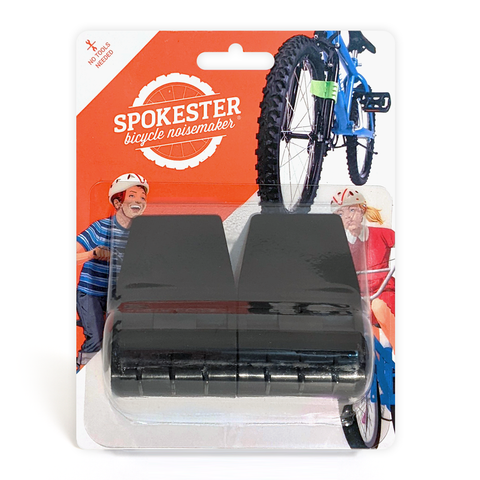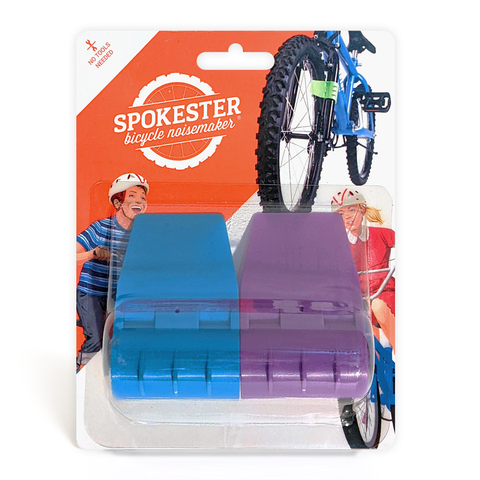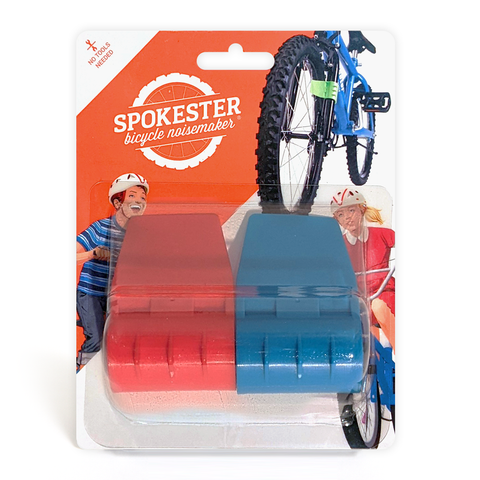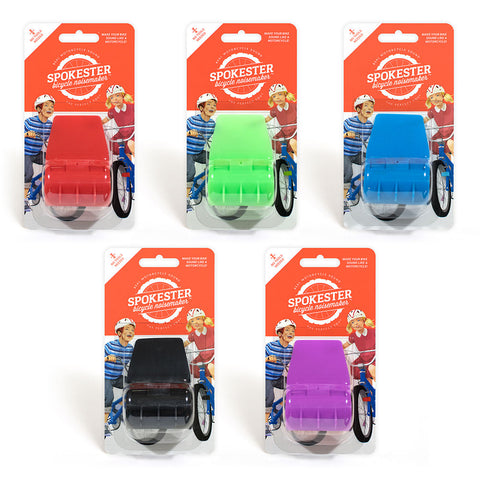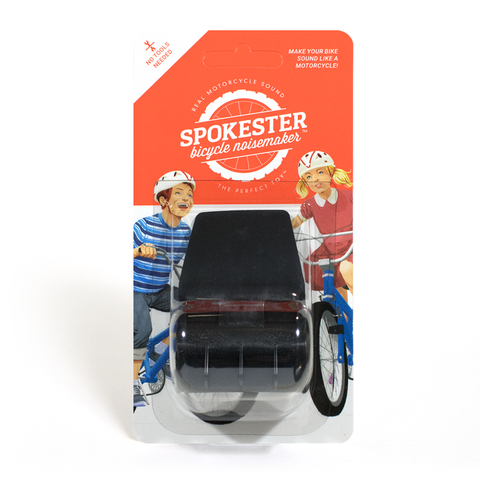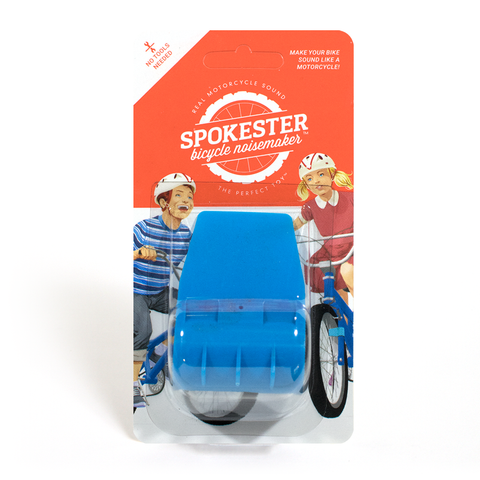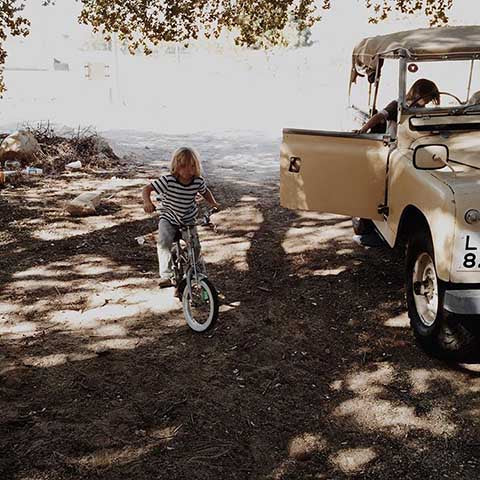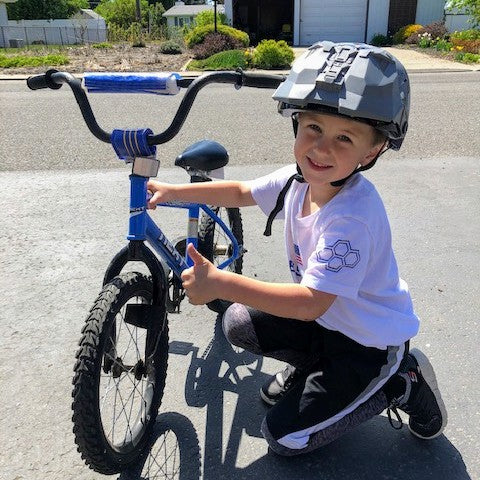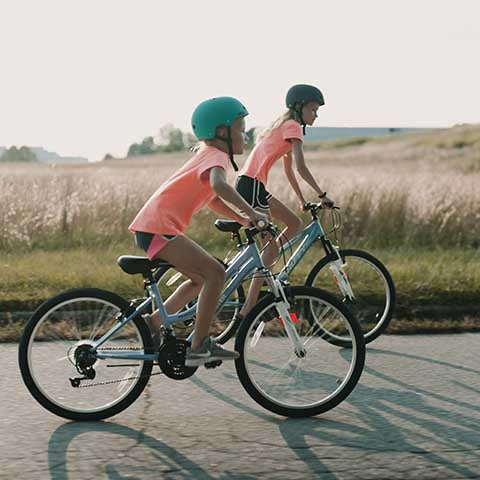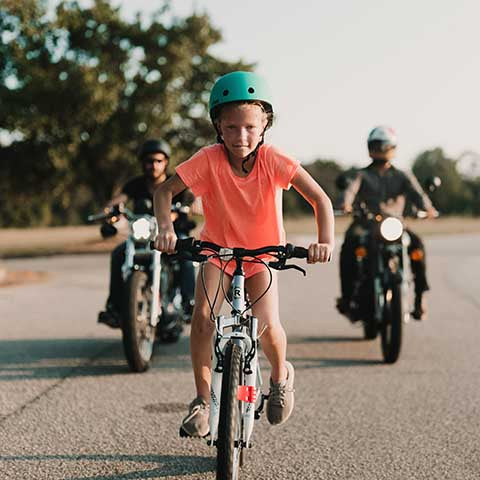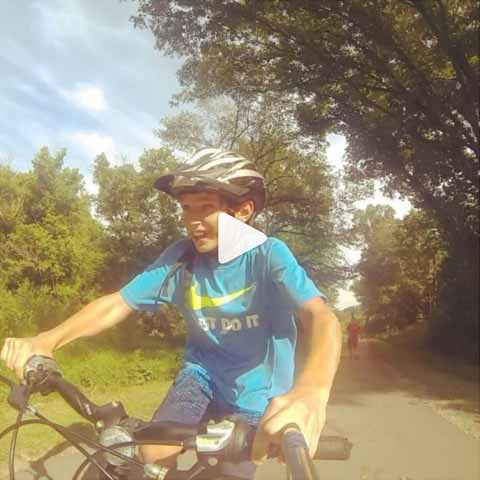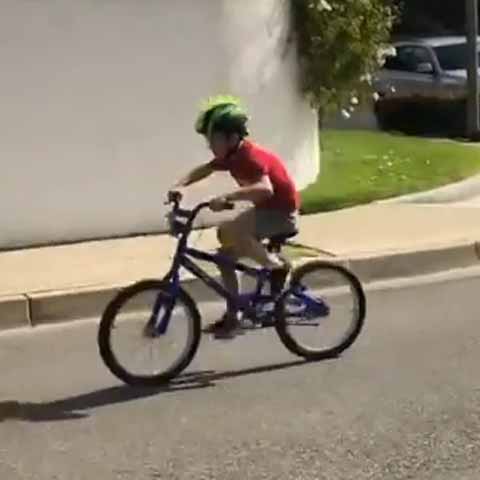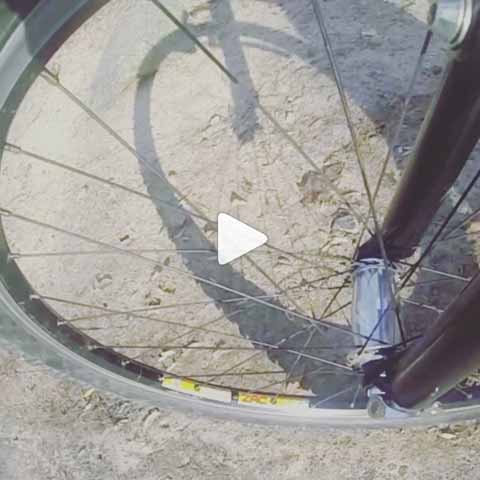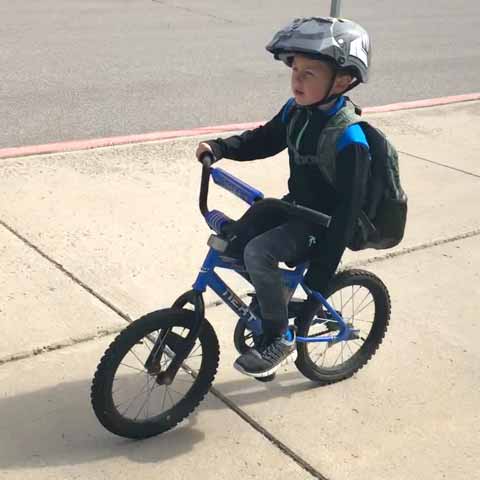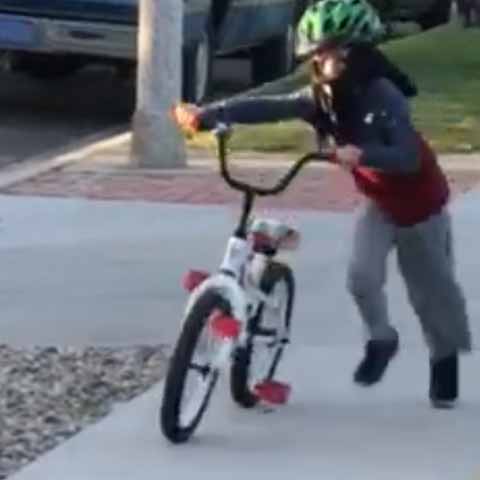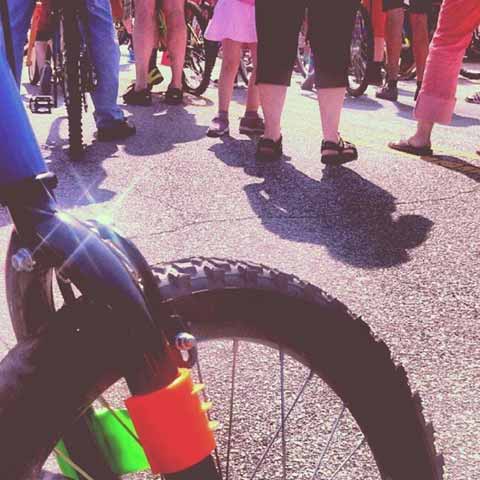Training Wheels vs. Balance Bikes: A Tidy Summary
Let's just get this out of the way early: training wheels are a perfectly acceptable form of learning how to ride a bike. Odds are good to great that you yourself and everyone you know learned how to ride a bike using them. Ergo, they are not the evil impediment to two-wheeled freedom some newer generations of parents would claim.
There, now that we've lost the training wheel trolls, let's get down to business. Learning to cycle is great for countless reasons including both health and happiness. However, the mechanics of that process are widely debated these days. No one questions that the basic skills of pedaling, balancing and steering are essential to graduating to that first "big kid bike." The source of creative tension comes from the differences between the two most popular methods of getting there.
The first, training wheels (or "stabilizers" if you live east of the Atlantic), consists of two little wheels straddling the big rear wheel. These are designed to help little ones with the unnatural motor skill of pedaling as a first step. The second option, balance bikes, deep-sixes pedals altogether. As the name suggests, the initial goal is learning balance and body control before tossing drivetrains into the mix.
Similar to multiple options for just about anything in life, both have their pros and cons. Today we present you with objective arguments supporting each so that you can make up your own minds about what's best for your tots.
The Case for Training Wheels
Pedaling a two-wheeled machine doesn't come naturally when you're barely old enough to speak in full sentences. So, training wheels at their core are simply a support mechanism. If you start tipping to one side, they ensure you don't keeping tipping to that side until you end up as a lawn ornament.
As your kiddos become more comfy with things like pedaling, steering, and stopping with either hand or coaster brakes, you can gradually wean them off the trainers. By repositioning the wheels so that they're higher off the ground, you introduce the need for balance. Eventually, they'll be able to coast without the supports touching at all. That's typically the sign that they're ready to give it a go with the big wheels only.
The nice thing about trainers is that they can be used on just about any bicycle. That makes this method more affordable than most balance bikes. With those, once your child is ready for pedals, that means a trip to the store for a new ride unless you bought a convertible BB in the first place. Even with convertibles, sometimes the seat is so low because of the way kids learn on BBs that it won't be comfortable given the height of the bike and length of the cranks needed to allow the pedals to clear the ground when rotating. On the other hand, with training wheels, kids become used to the long-term goal of standing on most bikes using the balls of their feet from the beginning.
Some critics claim little ones can become overly dependent on these supports. While conceivable, this is unlikely. Seriously, when was the last time you saw a kid riding to high school with a set of training wheels? If you're worried about these becoming a crutch, set a deadline with your children for taking them off. After all, a healthy challenge is a great life lesson. And if all else fails, you'd better believe watching their friends zoom around the 'hood without them will be all the motivation they need.
Bottom line, training wheels have been used for generations. A LOT of generations. We've yet to see hordes of think tanks produce indisputable evidence that these are bad for kids. So, if these things didn't traumatize you, they probably won't traumatize them either if you choose to go this route.
The Case for Balance Bikes
Ardent balance bike enthusiasts swear up and down that learning to ride is far easier and faster without pedals than with them. To their credit, they make a pretty convincing argument.
Balance bikes are simple. Kids begin by walking with the bike, then running, then gliding with their feet completely off the ground. The overarching idea is that learning to balance first is more important than learning to pedal. This is because kids have a natural fear of falling, so by overcoming this fear in a low-risk way (i.e., just put your feet down!), then the rest will come easily. If there's no danger of falling—which training wheels mostly eliminates—then there's no motivation to learn how not to fall.
Then there's steering to consider. With training wheels, kids are higher than they are on tricycles and they're riding on bikes with narrower bases. So, if they pick up speed, there's a chance they could topple over if sharp turns are involved. Plus, because training wheels essentially counteract centrifugal forces pushing riders' bodies to the outside (thanks, science), they don't inherently learn how to lean into the turn. Because BBs force kids to use steering as a way to counteract these forces by themselves without the aid of added equipment, the learning process is sped up.
Hey, the logic is sound. Many parents have shared stories about their tykes learning how to ride BBs as early as 18 months and transitioning to regular bikes without trainers by the time they're three. If this seems appealing to you, go for it!
Training Wheels or Balance Bikes? The Verdict
Spoiler alert: we're not picking one or the other. Why you ask? Because it all comes down to what both you and they are most comfortable with. If you fall into the "this is what we used and we turned out fine" camp, then go out and buy a set of $10 trainers. If you're more progressive and like the idea of a more intuitive learning process, then check out BB selections from brands like Strider, Woom, and TootScoot.
Regardless of which tools you choose for your outdoor classroom, the important thing is to get them out and about. Teaching them how to ride a bike builds their confidence, develops early athleticism, and doggonit it's just fun to do!
← Older post Newer post →
